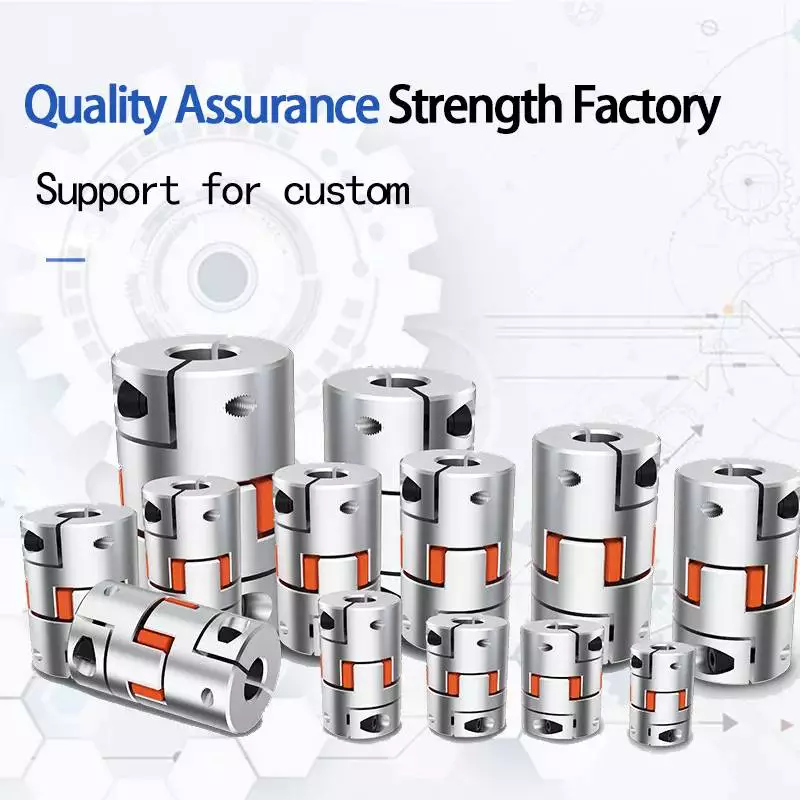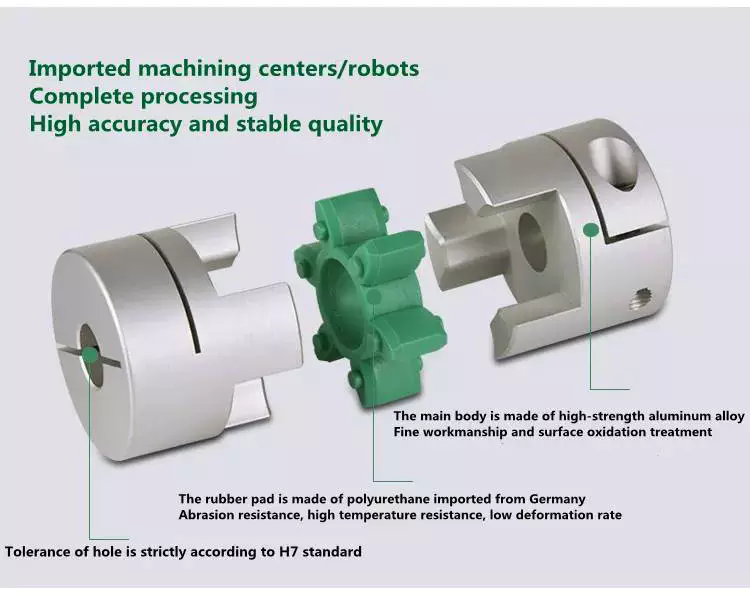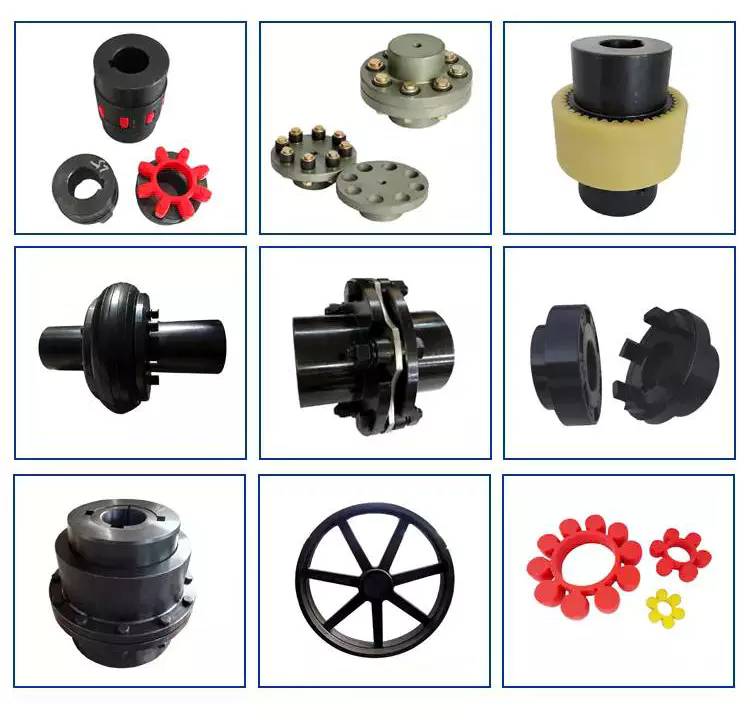Product Description
Product Description
S4 Ball Valves Type Hydraulic Quick Coupling product parameters:
Product model: S4
Product material: carbon steel, stainless steel, brass
Temperature range: -20°C to +120°C
Rated pressure: 6.9Mpa
Interchangeability: CZPT 4250 series, Quickstar CPV-CNV series
Scope of application: construction equipment, forest equipment, agricultural machinery, hydraulic equipment
Features:
S4 Ball Valves Type Hydraulic Quick Coupling product features:
1. The product is produced according to the ISO5675 international standard
2. Locking ball system for quick connection and disconnection of the ball head
3. The key parts are induction hardened, with good durability
| Body Size(in) | 1/4 | 3/8 | 1/2 | 3/4 | 1 |
| Rated Pressure(psi) | 5000 | 4000 | 4000 | 3000 | 3000 |
| Rated Flow(GPM) | 3 | 6 | 12 | 28 | 50 |
| Temperature Range -20°C to + 120 °C | |||||
| Standard seal material NBR | |||||
Socket:
| ISO | RART NO | LS | D | HEX1 | A | T |
| 6.3 | S4-02SF | 53.5 | 27.6 | 19 | 12.5 | G1/4 NPT1/4 |
| 10 | S4-03SF | 63 | 34 | 24 | 13 | G3/8 NPT3/8 |
| 12.5 | S4-04SF | 66.3 | 38.6 | 27 | 16 | G1/2 NPT1/2 |
| 20 | S4-06SF | 82.5 | 48.2 | 34 | 19 | G3/4 NPT3/4 |
| 20 | S4-06SF(E) | 83.5 | 47.5 | 35 | 18 | G3/4 NPT3/4 |
| 25 | S4-08SF | 96.5 | 56 | 41 | 21 | G1 NPT1 |
Detailed Photos
Q1. What kind of products do you produce?
A. CZPT focuses on the production of hydraulic connectors, including quick connectors, hydraulic connectors, high-pressure ball valve assemblies and other products.
Q2. Will you help to print the logo?
A. Yes, we will print logo according to different requirements of customers.
Q3. Can you produce products with my own brand?
A. Yes, we have provided OEM service for 20 years.
Q4. How long does it take for my order to be delivered?
A. It usually takes 5 to 30 days, which usually depends on your order quantity and our stock.
Q5. Can some non-standard parts be customized?
A. Yes, we can process suitable products according to the drawings or samples you provide.
| After-sales Service: | Quality Service |
|---|---|
| Warranty: | Three Months |
| Type: | Coupling |
| Application: | Machine |
| Certification: | ISO9001: 2000 |
| Condition: | New |
| Samples: |
US$ 3.70/Piece
1 Piece(Min.Order) | |
|---|
| Customization: |
Available
| Customized Request |
|---|

What Is a Coupling?
A coupling is a mechanical device that links two shafts together and transmits power. Its purpose is to join rotating equipment while permitting a small amount of misalignment or end movement. Couplings come in a variety of different types and are used in a variety of applications. They can be used in hydraulics, pneumatics, and many other industries.
Types
Coupling is a term used to describe a relationship between different modules. When a module depends on another, it can have different types of coupling. Common coupling occurs when modules share certain overall constraints. When this type of coupling occurs, any changes to the common constraint will also affect the other modules. Common coupling has its advantages and disadvantages. It is difficult to maintain and provides less control over the modules than other types of coupling.
There are many types of coupling, including meshing tooth couplings, pin and bush couplings, and spline couplings. It is important to choose the right coupling type for your specific application to get maximum uptime and long-term reliability. Listed below are the differences between these coupling types.
Rigid couplings have no flexibility, and require good alignment of the shafts and support bearings. They are often used in applications where high torque is required, such as in push-pull machines. These couplings are also useful in applications where the shafts are firmly attached to one another.
Another type of coupling is the split muff coupling. This type is made of cast iron and has two threaded holes. The coupling halves are attached with bolts or studs.
Applications
The coupling function is an incredibly versatile mathematical tool that can be used in many different scientific domains. These applications range from physics and mathematics to biology, chemistry, cardio-respiratory physiology, climate science, and electrical engineering. The coupling function can also help to predict the transition from one state to another, as well as describing the functional contributions of subsystems in the system. In some cases, it can even be used to reveal the mechanisms that underlie the functionality of interactions.
The coupling selection process begins with considering the intended use of the coupling. The application parameters must be determined, as well as the operating conditions. For example, if the coupling is required to be used for power transmission, the design engineer should consider how easily the coupling can be installed and serviced. This step is vital because improper installation can result in a more severe misalignment than is specified. Additionally, the coupling must be inspected regularly to ensure that the design parameters remain consistent and that no detrimental factors develop.
Choosing the right coupling for your application is an important process, but it need not be difficult. To find the right coupling, you must consider the type of machine and environment, as well as the torque, rpm, and inertia of the system. By answering these questions, you will be able to select the best coupling for your specific application.
Problems
A coupling is a device that connects two rotating shafts to transfer torque and rotary motion. To achieve optimal performance, a coupling must be designed for the application requirements it serves. These requirements include service, environmental, and use parameters. Otherwise, it can prematurely fail, causing inconvenience and financial loss.
In order to prevent premature failure, couplings should be properly installed and maintained. A good practice is to refer to the specifications provided by the manufacturer. Moreover, it is important to perform periodic tests to evaluate the effectiveness of the coupling. The testing of couplings should be performed by qualified personnel.

editor by CX 2023-05-06